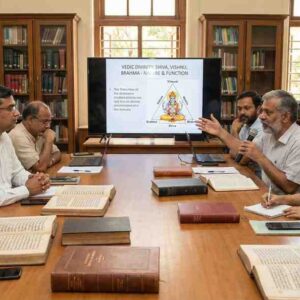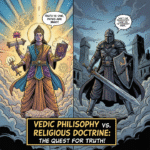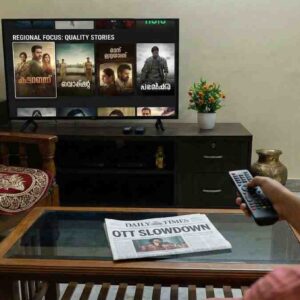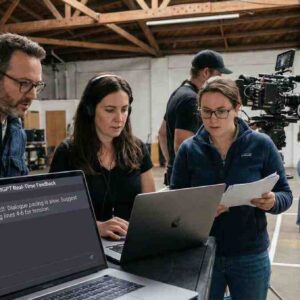How Viewer Preferences Are Reshaping Hindi Cinema
Bombay – 2025
The flickering light of the cinema projector once held an almost sacred place in Indian popular culture. Watching a film meant standing in lines, the smell of popcorn, and the shared gasp of an audience. But today, that ritual has been redefined—replaced by screens at home, earbuds in place, and the comfort of the pause button.
The shift frombox office to OTTis not merely technological—it’s cultural, behavioral, and irreversible.
The Numbers Behind the Migration
According to the 2024 KPMG India Media and Entertainment Report, theOTT market in India grew by over 14% year-on-year, reaching a valuation of ₹23,000 crore. In contrast, the theatrical film segment has struggled to regain pre-pandemic momentum, accounting for a shrinking share of total content consumption.
In 2023,60% of Hindi-language premierestook place on digital platforms before hitting theatres—if at all. From mid-sized thrillers to experimental dramas, OTT has become the default launchpad for most non-blockbuster films.
The Evolving Viewer
The contemporary Indian viewer is not necessarily younger—but is certainlymore selective.
Viewers now demand:
- Tighter scripts with minimal filler
- Authenticity over gloss
- Genre experimentation, from noir to true crime
- Regional and bilingual content with subtitles
The long-standing formula of star-led masala is giving way to realism, nuance, and depth. Platforms like Netflix, SonyLIV, and JioCinema are capitalizing on this maturity, often acquiring scripts that traditional studios deem “non-commercial.”
Redefining Success
Box office metrics—weekend openings, 100-crore clubs, and theatrical footfalls—once defined a film’s success. But in the age of digital distribution, new metrics matter:
- Watch time
- Completion rate
- Social media sentiment
- Platform engagement
A film likeDelhi CrimeorGulmoharmay not have drawn packed cinema halls, but they garnered global acclaim, awards, and a longer life span through binge-driven loyalty.
Thisattention economynow defines a film’s impact far more than ticket sales.
What This Means for the Industry
For actors, OTT provides freedom from typecasting. For writers, it offers room to experiment. For producers, it reduces distribution risk. And for audiences, it ensures access to stories that may never have survived the constraints of theatrical economics.
Even A-list actors—Saif Ali Khan (Sacred Games), Sushmita Sen (Aarya), Manoj Bajpayee (The Family Man), and Kareena Kapoor (Jaane Jaan)—have embraced the format not out of necessity, but for itscreative range and reach.
A Coexistence, Not a Conflict
While box office spectacles likeRRRandJawanprove that event films still draw crowds, their success now existsalongside—not above—OTT-driven storytelling. Theatrical releases may become more selective, event-based, and high-concept, while OTT continues to democratize everyday storytelling.
The Final Cut
Hindi cinema is no longer bound to cinema halls. The power of the projector has moved to the hands of the viewer—who chooses what, when, and how to watch.
This shift has not weakened cinema. It has liberated it.
In today’s India, a story doesn’t need a theatre to be heard.
It just needs a screen—and the attention it deserves.













